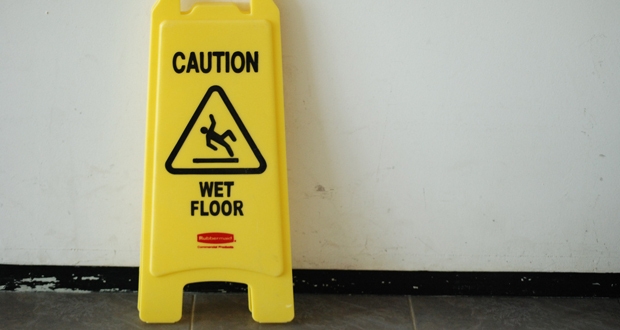
How can room attendants remove the hair, lint fibers, and dust that tend to accumulate on walls and ceilings? And why does it seem that the more housekeepers try to dust ceilings and vertical surfaces, the faster dust accumulates?
This problem is not unusual. These contaminants end up on walls and ceilings through several means. Stray hairs tend to adhere to walls because they become electrostatically charged, often through the use of hair dryers. When guests use an electric hairdryer and then brush their hair afterwards, individual strands become charged. All humans shed hair every time they brush it. Charged hairs then gravitate and adhere to the nearest vertical or uppermost horizontal surface, or they may be blown there by the hair dryer. Dust in carpets, pet hairs shed from guest clothes, and errant lint fibers can also become charged and dispersed against walls by vacuum cleaners or the guestroom heating units.
Until something that has greater attraction power than the electrostatic charge comes in contact with these contaminants, it is very hard to remove them from walls. Typically, dusting does not remove the contaminants from the walls; it only stirs them up and moves them to another surface.
Consider arming room attendants with self-adhesive rollers designed to catch dust, lint, and hair. Self-adhesive cleaning rollers quickly clean walls as well as floors, upholstery, carpets, tile, and draperies. The self-adhesive rollers can be attached to extension poles so housekeepers can easily reach overhead areas without using a ladder. To minimize the accumulation of dust and hair in guestrooms, incorporate wall and ceiling cleaning with self-adhesive rollers as a “daily special” task each week for room attendants.
About the Author
Dr. William D. Frye is an Associate Professor in the College of Hospitality and Tourism Management at Niagara University and co-author of AH&LEI’s housekeeping textbook Managing Housekeeping Operations.












I own a pigeon pest control company in Phoenix AZ and, since pigeons poop so much, we’re always having to do a bunch of cleaning. As with the hairs and stuff in a hotel room, you’d be surprised where pigeon poo ends up. You can find it in some odd places. I think your idea of some sort of self-adhesive roller tool is a good one and may be something we can modify for what we do. Thanks for the idea:)